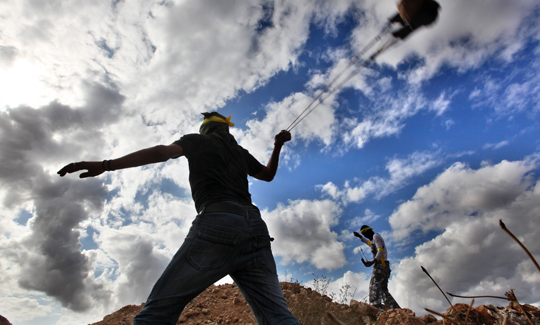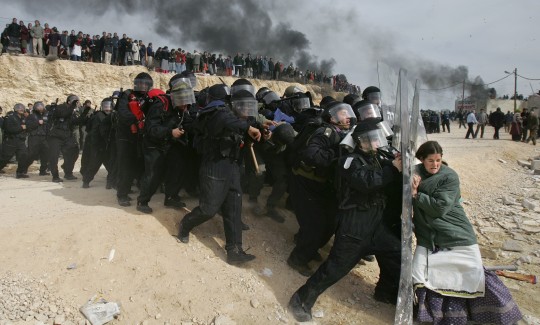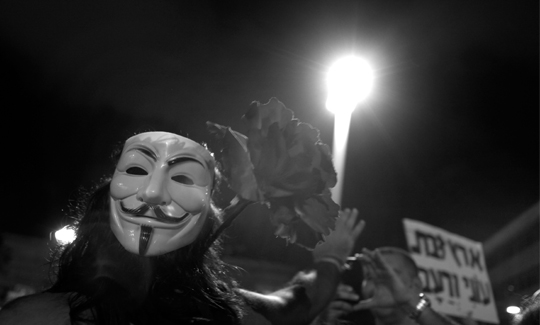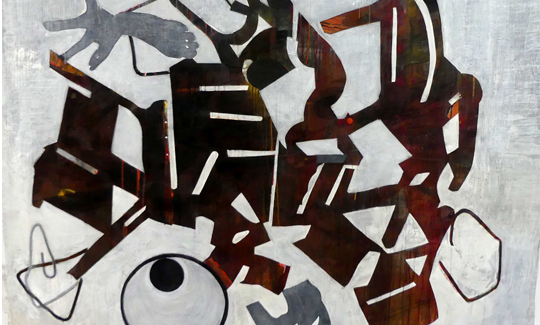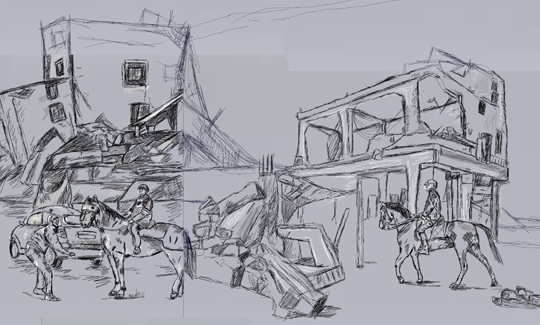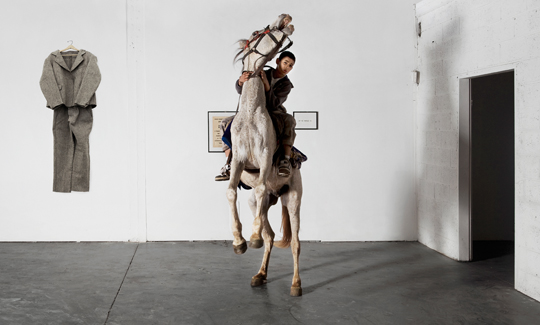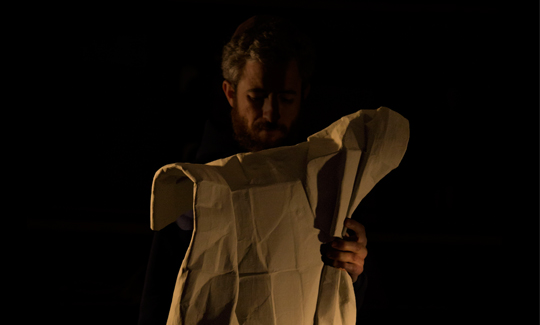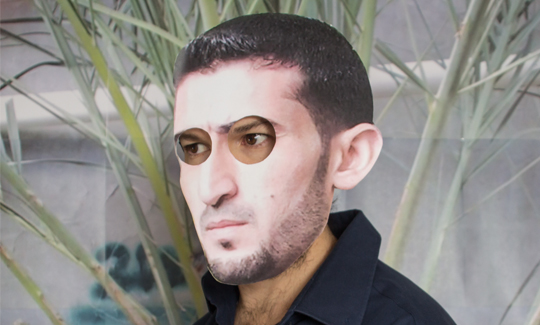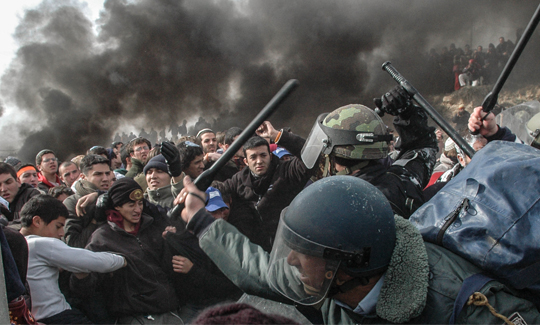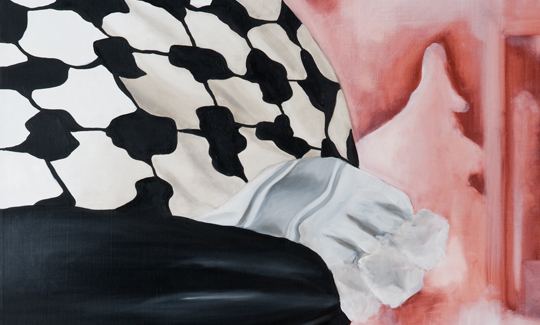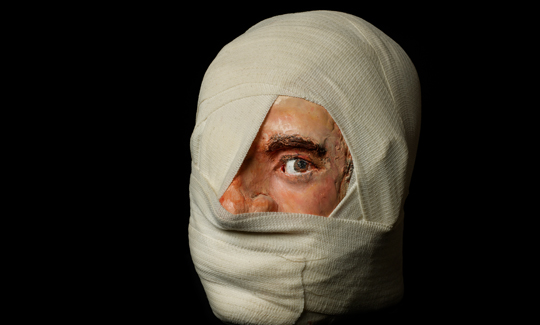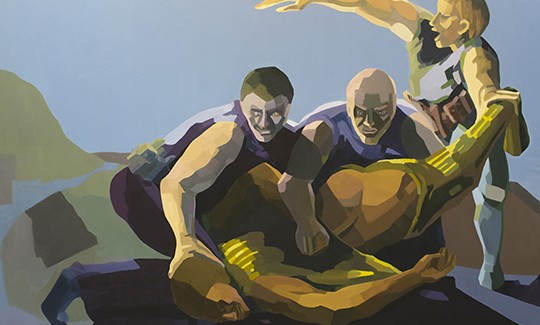Struggle, Protest – Knight, Mask
This exhibition examines the artists' perspective on struggle and protest and the degree of their involvement, which can range from artistic homage to pronounced activism. The works depict battle scenes, rallies, or protests – some well-known while others are none recognizable. The exhibition revolves around two central images: the mask and the knight. The mask is used for concealment and protection. It provides anonymity and can help the wearer lose his or her inhibitions and express personal freedom. Here, it can be found on the faces of protesters and police officers alike.
Uniformed police forces wear protective gear, equipped with a helmet and visor, as they ride their horses. These features give them the appearance of knights, an archetype traditionally identified with medieval culture. Police uniforms are designed to command power and discipline, expressing hierarchy and authority. The ability to exercise force is essential to policing; the same cannot be said, however, of the use of violence and excessive force. The works in this exhibition relate to various instances in which force was exercised by police against protesters, such as the eviction of Amona (2006) and the Ethiopian-Israeli protests (2015). The pieces raise the question: when is the use of force by the police legitimate, and when is it excessive?
Images of masked protesters are present throughout the exhibition. The mask represents freedom from representation by traditional institutions, as suggested by artist and theorist Hito Steyerl. A notable example in this context is the recurring appearance of the Guy Fawkes mask, first used by hacker group Anonymous in 2008 in their public protests against Scientology. In the decade that passed, the mask has become a unifying visual symbol for modern resistance. The use of masks ties to the discourse on the 'right to opacity', a mechanism that facilitates otherness and represents the subjugated individual’s rights rather than limitations, as put forward by philosopher Édouard Glissant. It is no surprise, then, that protesters often wear masks, allowing them to exercise their rights and protest without fear of identification and, at the same time, enabling the protester community to form a common identity.
Curator: Revital Silverman Grun

